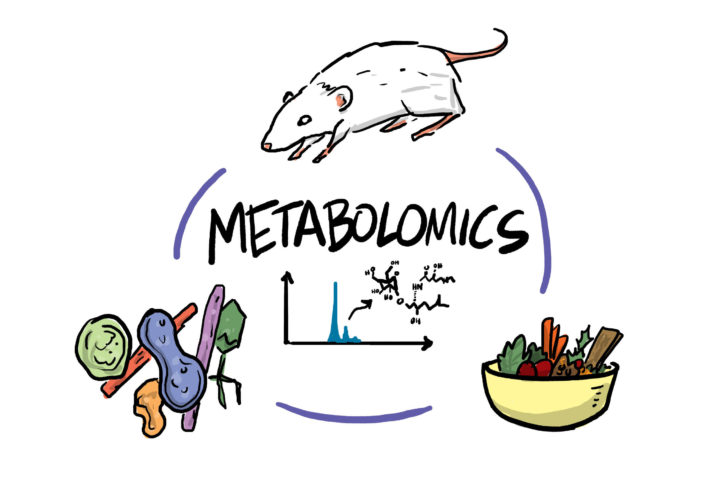5W1H of Microbiota–host–environment Interactions
The mammalian host harbors thousands of microbial species that form small individual ecosystems. These microbial residents have co-existed with the host for millennia, playing essential roles in many critical processes of the host’s life. Thanks to recent large-scale analyses of the human commensal microbiota, such as the Human Microbiome Project, we now have a list of thousands of microbial species residing in every corner of the human body. Nonetheless, merely knowing the components of our microbiota (“who”) does not in itself reveal how these symbionts contribute to host development, health, and disease.
Thousands of small molecules, or metabolites, are produced in the context of host–microbiota–environment interactions and function as bioactive effector molecules. The impact of these metabolites is often prominent during certain periods of development and/or in specific host tissues. By using high-sensitivity metabolomics platforms, we aim to identify the structures and functions of novel symbiont-derived metabolites (“what”). We also use diverse microbiological tools and gnotobiotic animal models to investigate the time- and organ-dependent (“when” and “where”) contributions of these small molecules.
With these multidisciplinary approaches, our long-term goals are to comprehensively understand the mechanisms of host–microbiota coevolution (“how”) and to develop potential targets that can be used in novel ways to address diverse metabolic and immune diseases (“why”).
Our research program is generously supported by





